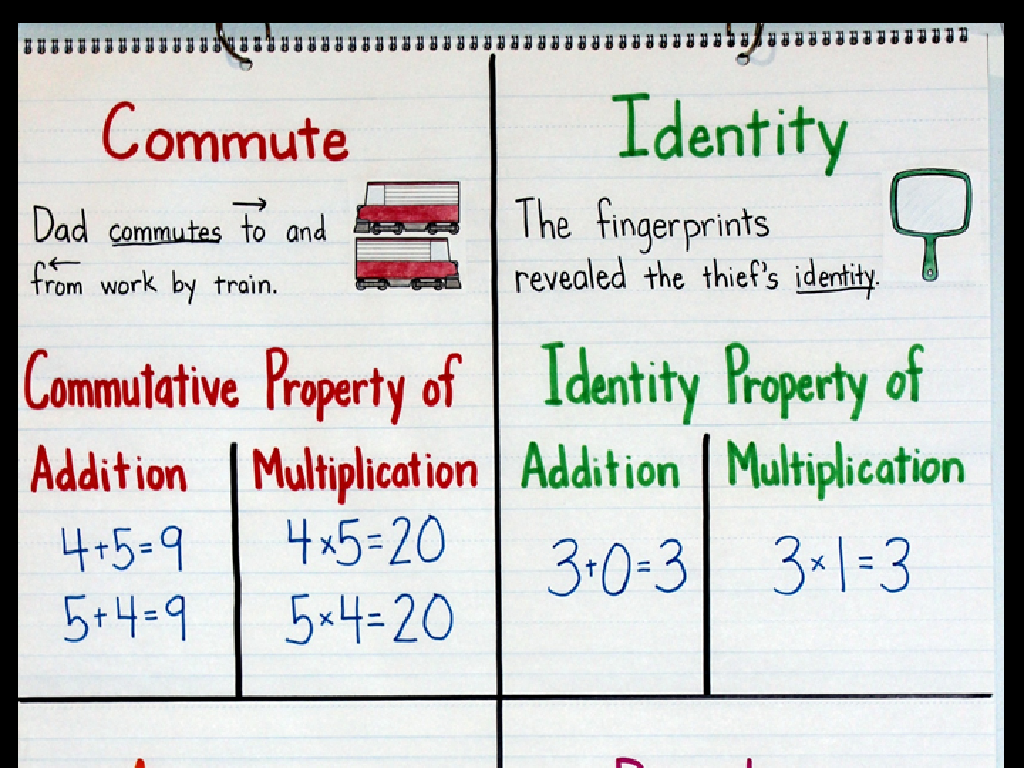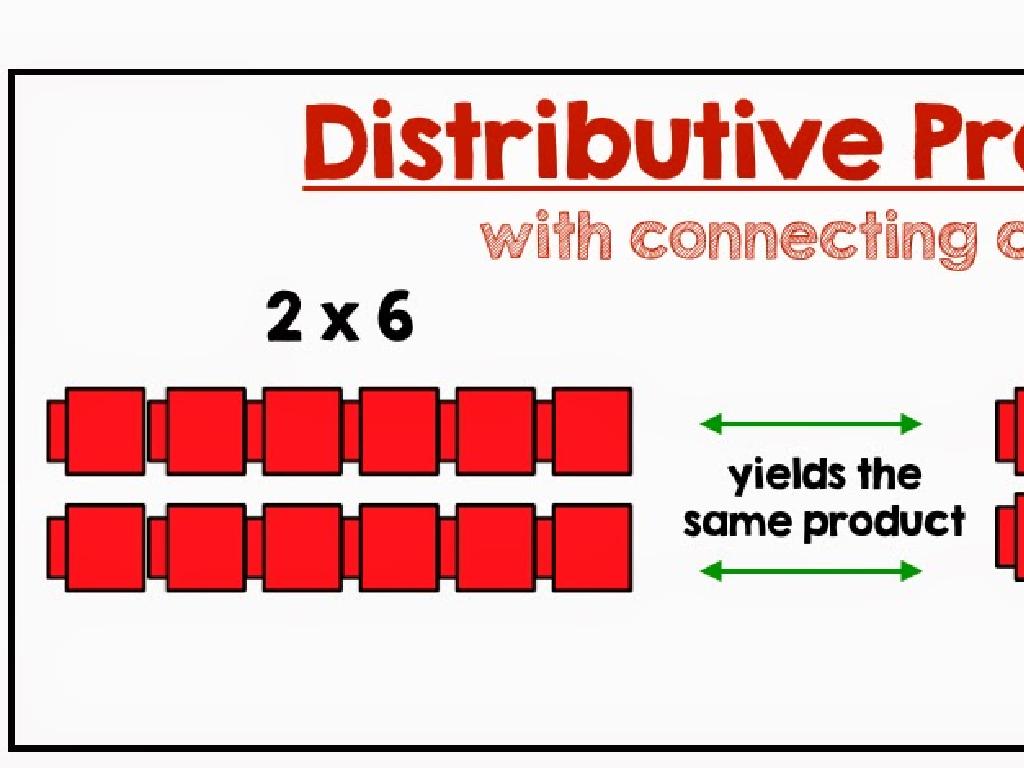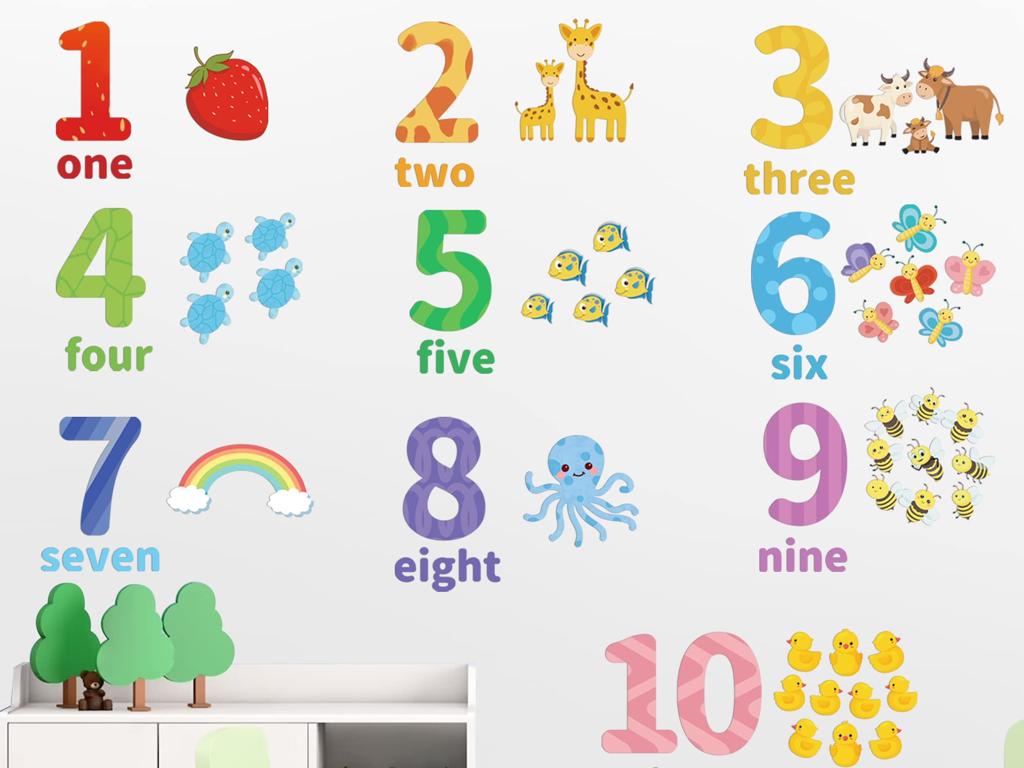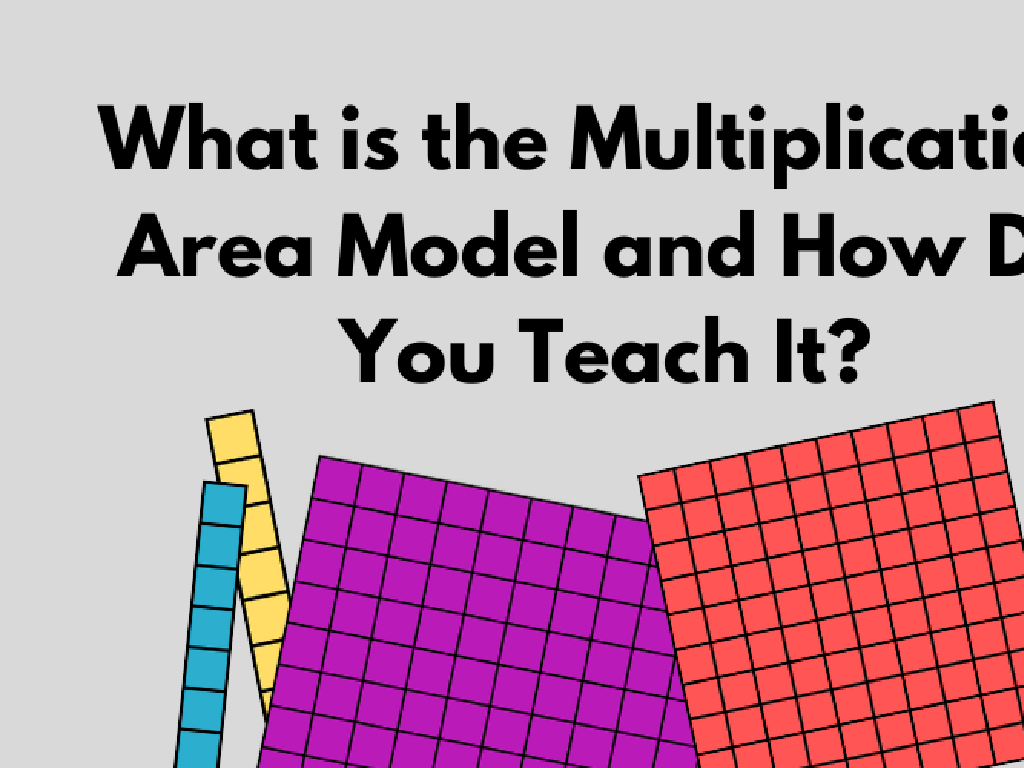Choose The Letter That Matches The Consonant Sound: C, G, H, W
Subject: Language arts
Grade: First grade
Topic: Letter-Sound Associations
Please LOG IN to download the presentation. Access is available to registered users only.
View More Content
Welcome to Letter Sounds!
– Learn about consonant sounds
– Consonants make up the sounds in words.
– Consonants are not vowels
– A, E, I, O, U are vowels, so B, C, D, etc., are consonants.
– Today’s focus: c, g, h, w
– ‘c’ as in cat, ‘g’ as in go, ‘h’ as in hat, ‘w’ as in win
– Match letters to sounds
|
This slide introduces first graders to the concept of consonant sounds, which are distinct from vowel sounds. Emphasize that consonants form the building blocks of our words and are just as important as vowels. Use visual aids or props to help illustrate the sounds of ‘c’, ‘g’, ‘h’, and ‘w’. For example, show pictures of a cat, a goat, a hat, and a windmill to represent each consonant sound respectively. Encourage the students to repeat the sounds after you and to come up with their own words that start with these letters. This will help them associate the letter with the sound it makes. Plan a few simple activities where students can practice matching these consonants to their sounds, such as a matching game or a ‘sound hunt’ around the classroom.
The Sound of ‘c’: Learning Consonant Sounds
– ‘c’ sounds like ‘k’ in ‘cat’
– Like the beginning of ‘kite’
– ‘c’ can sound like ‘s’ in ‘circle’
– Like the beginning of ‘cent’
– Practice saying the ‘c’ sound
– We’ll say it together in words and alone!
|
This slide introduces the letter ‘c’ and its associated sounds to first graders. Start by explaining that ‘c’ can make two different sounds. Demonstrate the ‘k’ sound by saying the word ‘cat’ and the ‘s’ sound by saying ‘circle’. Have the children practice the sounds by repeating after you. Use visual aids like pictures of a cat and a circle to help them associate the sounds with the words. Encourage the children to make the sounds on their own and then in chorus. This will help them understand the concept of consonant sounds and how one letter can make different sounds depending on the word it is in.
The Sound of ‘g’
– ‘g’ as in ‘goat’
– The hard ‘g’ sound is like the beginning of ‘goat’.
– Soft ‘g’ as in ‘giraffe’
– Sometimes ‘g’ is soft, like the ‘j’ in ‘giraffe’.
– Practice saying the ‘g’ sound
– Let’s repeat the sound together: ‘g-g-g’!
|
This slide introduces the letter ‘g’ and its two sounds to first graders. Start by demonstrating the hard ‘g’ sound, as in ‘goat’, ensuring to enunciate clearly. Then, introduce the soft ‘g’ sound, as in ‘giraffe’, which can be trickier for students to grasp. Have the class practice saying the ‘g’ sound in chorus to reinforce learning. Encourage them to notice how their mouth and throat feel when making the different sounds. You can extend the activity by asking students to come up with more words that start with the hard and soft ‘g’ sounds, promoting active participation.
The Sound of ‘h’: Learning Consonant Sounds
– ‘h’ sounds like ‘h’ in ‘hat’
– Say ‘h’ as in ‘hat’, ‘horse’, ‘house’
– ‘h’ is a breathy throat sound
– Feel the air from your throat as you say ‘huh’
– Practice making the ‘h’ sound
– Repeat after me: ‘h-h-hat’, ‘h-h-horse’, ‘h-h-house’
|
This slide is focused on teaching first graders the consonant sound made by the letter ‘h’. Start by demonstrating the sound ‘h’ makes, using the word ‘hat’ as an example. Emphasize the breathy quality of the sound and encourage students to feel the air from their throat as they make the sound. Engage the class in a group practice, saying ‘h’ words together. You can also incorporate a fun activity where students take turns saying words that start with ‘h’ and the rest of the class repeats the sound. This will help them associate the letter ‘h’ with its sound and improve their phonetic skills.
The Sound of ‘w’: Learning Consonant Sounds
– ‘w’ sounds like ‘whale’
– The ‘w’ in ‘whale’ shows how to use the sound.
– Imagine blowing a soft whistle
– Pucker your lips slightly and blow gently to make the ‘w’ sound.
– Practice making the ‘w’ sound together
– We’ll all try saying ‘wuh-wuh-wuh’ like a gentle wind!
|
This slide is designed to help first graders recognize and produce the ‘w’ sound. Start by explaining that the letter ‘w’ has a unique sound, often found at the beginning of words like ‘whale.’ Demonstrate the sound by comparing it to blowing a soft whistle, which can help children remember the sound and how to form it with their lips. Encourage the students to practice making the ‘w’ sound in unison. You can make this interactive by having them pretend to be the wind or to softly whistle. This activity helps in developing phonemic awareness, which is crucial for reading and spelling.
Matching Sounds to Letters
– Match letter to its sound
– Look at pictures for clues
– What sound do you hear at the start?
– Choose the right consonant
– Is it a c, g, h, or w sound?
– Sound guides letter choice
– Listen carefully to each word
|
This slide is designed for a class activity where first-grade students will practice associating consonant sounds with their corresponding letters. Display pictures that start with the sounds of ‘c’, ‘g’, ‘h’, and ‘w’. For example, a cat for ‘c’, a goat for ‘g’, a hat for ‘h’, and a whale for ‘w’. Ask the students to say the word aloud and listen for the first sound. Then, have them choose the letter that matches the sound they hear. This activity will help reinforce their understanding of letter-sound associations. Encourage them to articulate the sounds clearly and to take turns sharing their answers. Provide positive feedback and correct gently where necessary.
Sound Match Game: Consonant Sounds
– Let’s play a sound matching game
– Look at the picture I show you
– Choose the letter for the sound
– Is it c, g, h, or w? Think about the sound at the beginning.
– Get ready for fun and learning!
|
This interactive class activity is designed to help students associate consonant sounds with their corresponding letters. Display a series of pictures that start with the sounds of ‘c’, ‘g’, ‘h’, and ‘w’. For example, show a cat for ‘c’, a goat for ‘g’, a hat for ‘h’, and a whale for ‘w’. After showing each picture, ask the students to choose the letter that matches the initial sound of the word. Encourage them to say the word out loud and listen to the sound at the beginning. This will help them to connect the visual representation of the letter with the auditory sound it makes. Possible variations of the activity could include having students draw their own pictures for each sound, playing a memory match game with sound and letter cards, or even going on a classroom ‘sound hunt’ to find objects that start with each letter.
Consonant Sounds: c, g, h, w
– Great work on consonant sounds
– Practice makes perfect
– Listen for sounds in daily life
– Try to hear the ‘c’ in cat, ‘g’ in go, ‘h’ in hat, ‘w’ in win
– Keep learning and having fun
|
Today’s lesson was focused on helping students recognize and match consonant sounds to their corresponding letters. Reinforce the idea that mastering these sounds comes with practice. Encourage students to actively listen for these sounds in words they encounter outside of the classroom, such as at home or on the playground. This will help them develop their phonemic awareness in a natural setting. Continue to support their learning journey by celebrating their progress and reminding them that learning is a fun and ongoing process.






